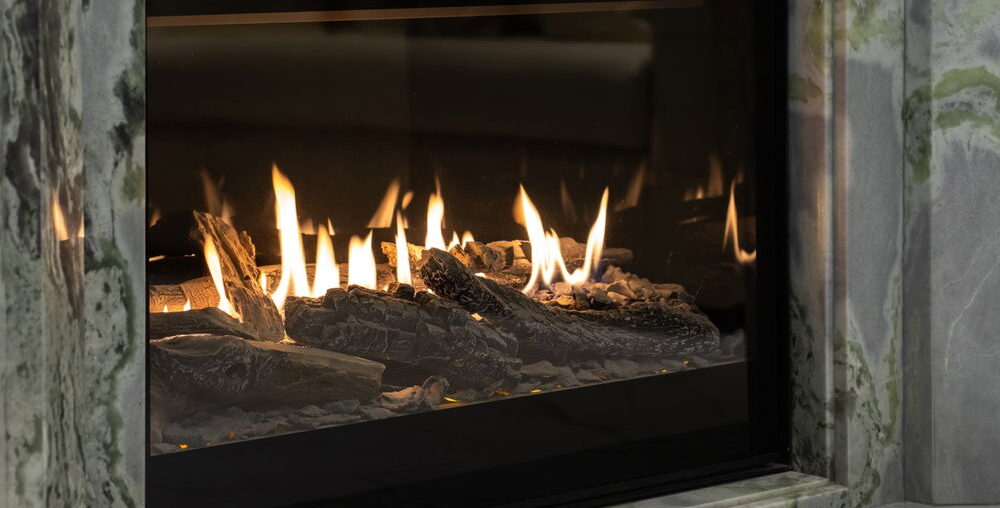
Gas fireplace. Credit; Shutterstock, Viktor Prymachenko
As the temperature begins to drop, many households across Europe will be preparing to heat their homes throughout winter. With the rising cost of electricity, gas heaters are often the go-to choice for their cost efficiency.
However, recent gas incidents have highlighted the importance of taking proper safety measures when using gas appliances. It’s important to be aware of the necessary safety checks to avoid potential dangers. Read on to find out how to keep you and your family safe.
The hidden dangers of gas heating
Gas may be a cost-effective solution for keeping warm, but it isn’t without its risks. Just recently, a building in Santander, Spain collapsed due to a gas explosion, leading to the loss of three lives.
In addition, recent research has linked gas stoves in Europe to tens of thousands of premature deaths each year, primarily due to poor indoor air quality and high nitrogen dioxide (NO₂) levels. These can exacerbate respiratory illnesses and contribute to premature mortality.
Gas safety checks
The European Union has strict regulations in place to ensure the safety of gas appliances. Regulation (EU) 2016/426 outlines the essential requirements for gas appliances.
Here are some key gas safety checks that every European household should carry out this winter:
- Check for the CE Mark on your gas appliances
The CE mark indicates that the gas appliance complies with EU safety standards. Before using any gas appliance, check that it bears the CE mark and comes with a certificate of conformity, which ensures that the device has passed necessary safety inspections.
- Regular maintenance and servicing of gas appliances
Ensure that all gas appliances are installed and maintained by a registered professional. Proper servicing is crucial to prevent gas leaks, which can be extremely dangerous.
According to EU regulations, regular servicing in accordance with the manufacturer’s guidelines is essential to ensure appliances are in safe working conditions.
Gas heater parts such as burner assemblies, thermocouples, and seals may need to be replaced more frequently to maintain the efficiency and safety of the appliances.
Below is a general guide on how often these gas heater parts may need replacing:
- Burner Assemblies: Typically, every 5-10 years, but this depends on the amount of usage and condition.
- Thermocouples: Usually, every 1-2 years as they wear out due to constant exposure to heat.
- Seals: These should be inspected annually and replaced as soon as any signs of wear or damage are noticed.
Always check with a service technician.
- Proper ventilation while using gas appliances
Good ventilation is critical when using gas appliances. Poor ventilation can lead to the build-up of toxic gases such as carbon monoxide, which is odourless and deadly. Gas heaters and stoves should only be used in well-ventilated areas.
- Carbon monoxide detectors should be placed near gas appliances
Carbon monoxide (CO) poisoning is a silent killer. Symptoms of carbon monoxide poisoning are similar to a cold or flu and can include headaches, dizziness, nausea and breathlessness. A carbon monoxide detector will flash and sound an alarm if it detects carbon monoxide. It’s highly recommended to have CO detectors installed near gas appliances. These detectors can alert you to a potential leak before it becomes a health hazard. They should also be checked monthly.
While gas is an efficient way to heat your home, it’s vital to remember that your health and safety should come first. Remember to follow EU guidelines and make sure your appliances are serviced, ventilated, and certified. You should be able to keep your home warm this winter without compromising your safety.

